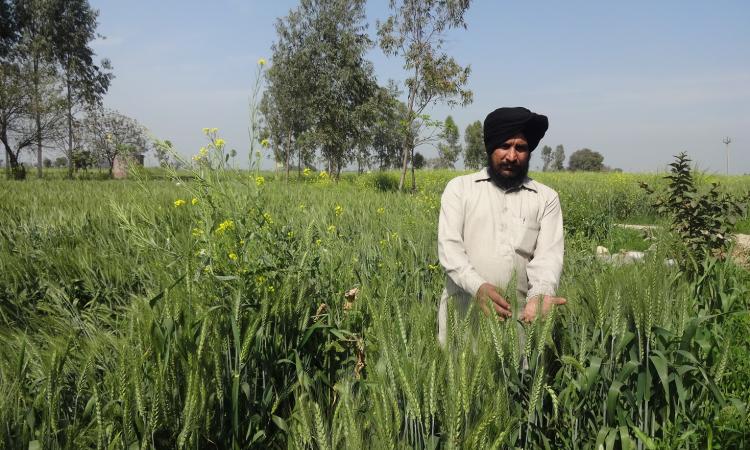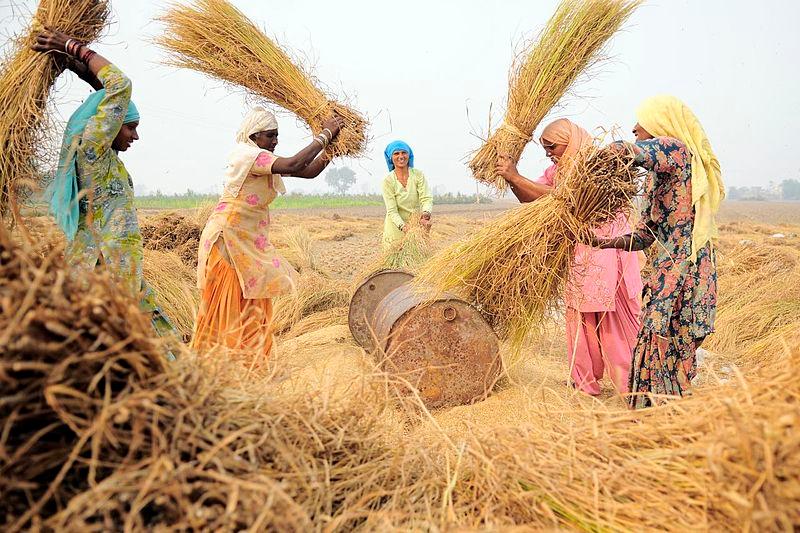
We've come a long way since the Green Revolution in the 60s especially in Punjab, where it all began. Lower production due to higher costs, increased debt, lowered income and drop in employment – this is the situation here as it grapples with an agrarian crisis.
The paper titled 'Depeasantization in Punjab: Status of farmers who left farming' published in the journal Current Science, highlights the implications of this crisis among small-scale and marginal farmers in the state. Depeasantisation, a phenomenon where small and marginal farmers are pushed out of the agricultural sector due to being unable to sustain farming practices, is increasing. These farmers find it difficult to be absorbed by the industrial sector due to its different nature and demands, which has resulted in many turning to wage labour for their survival. This has led to a rise in unemployment, increase in dissatisfaction with the available forms of employment, and in suicides due to growing debts.
 The situation is even worse for women, argues the article 'Women and depeasantization' written in response to the article mentioned earlier, in the correspondence section of Current Science. Women form an important part of farming communities, but continue to be invisible in discussions on depeasantisation.
The situation is even worse for women, argues the article 'Women and depeasantization' written in response to the article mentioned earlier, in the correspondence section of Current Science. Women form an important part of farming communities, but continue to be invisible in discussions on depeasantisation.
In addition to bearing the brunt of unemployment among their husbands, they resort to occupations from the unorganised sector such as domestic labour, face discrimination at the workplace, risk a range of health problems such as malnutrition anaemia, and are vulnurable to sexual exploitation.
It is thus important to include a gendered perspective while addressing the needs and implications of depeasantisation among farming communities, since women too face vulnurabilities that are different from those of men.